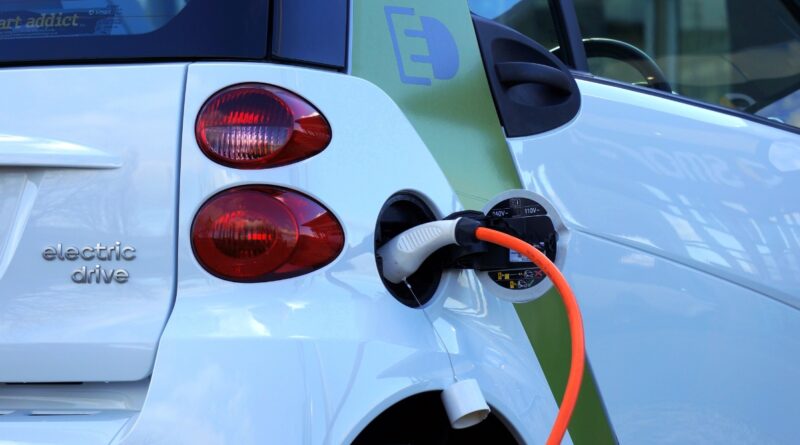Breakthrough Lithium Metal Battery Technology: High Cycle Life and Rapid Charging
Researchers from Harvard John A. Paulson School of Engineering and Applied Sciences (SEAS) have developed a groundbreaking lithium metal battery capable of being charged and discharged over 6,000 times, surpassing other pouch battery cells. Their research, published in Nature Materials, not only introduces a novel method for producing solid-state batteries with a lithium metal anode but also offers insights into the materials involved. Lithium metal anode batteries are highly sought after due to their tenfold capacity compared to conventional graphite anodes, potentially revolutionizing electric vehicles. The main challenge in these batteries is dendrite formation on the anode’s surface during charging, which can lead to short circuits and safety hazards. In previous work, the team mitigated dendrite formation by sandwiching different materials between the anode and cathode.
In this new study, they prevent dendrite formation by using micron-sized silicon particles in the anode, constraining the lithiation reaction and facilitating homogeneous plating of lithium metal. This approach ensures even current distribution, preventing dendrite growth and allowing rapid recharging in about 10 minutes. The battery, tested in a postage stamp-sized pouch cell, retained 80% capacity after 6,000 cycles. The technology has been licensed to Adden Energy, a Harvard spinoff company, which plans to scale it up for smartphone-sized pouch cell batteries. Furthermore, the study sheds light on the properties of silicon that facilitate this process, offering a pathway to identify other materials for battery design. The research was supported by various funding sources, including the Department of Energy Vehicle Technology Office and Harvard Climate Change Solutions Fund.
